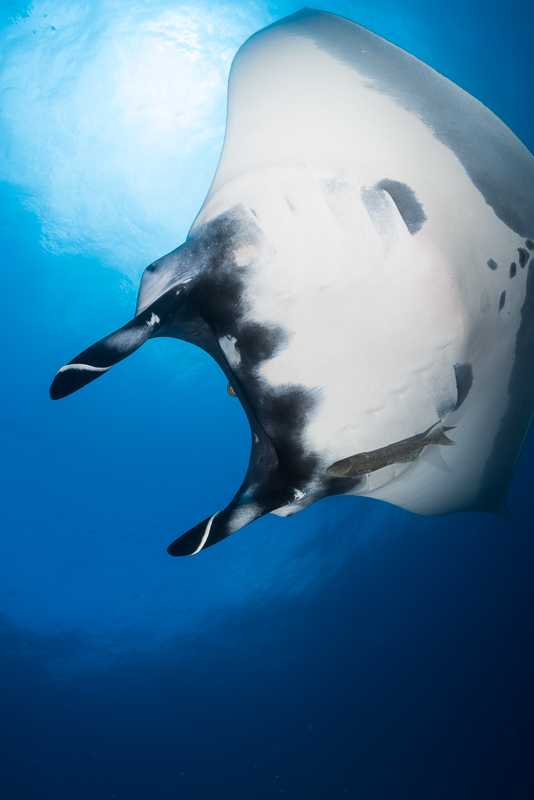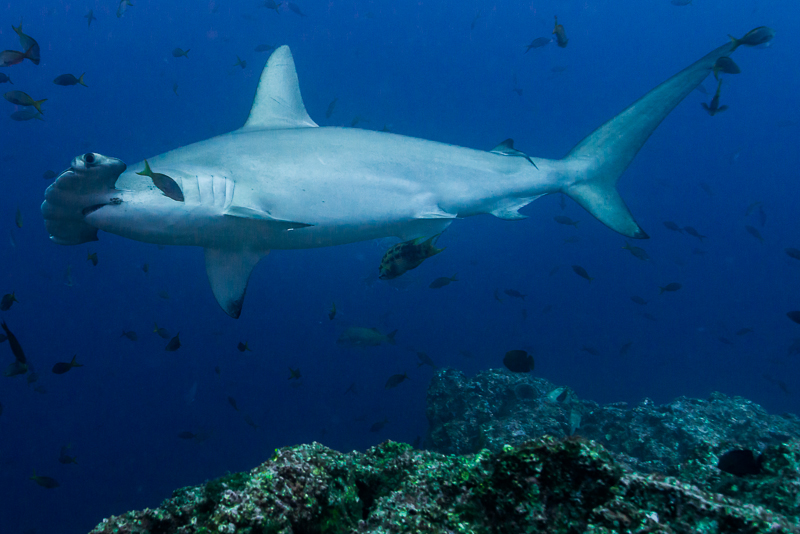A couple of weeks ago someone suggested that the Sony RX100 generated far nicer photos than the Canon SL1. Having shot both of them on land, I was not convinced. However underwater it might be a different story. So thanks to Andy Sallmon our local Sea and Sea representative, I got the chance to take both diving near Catalina Island. The Canon SL1 is a digital SLR and the Sony RX100-II is a point and shoot with a similarly-sized sensor.
A comparison of the two cameras is shown below:
| Sony RX100-II | Canon SL1 | |
| Sensor | 5472 x 3648 (20 MP) | 5184 x 3456 (18 MP) |
| Format Still | JPEG, Raw | JPEG, Raw |
| Movie | MP4, MPEG, H.264 | MOV, MPEG-4, H.264 |
| Memory Card | SD, Sony Memory Stick Duo | SD |
| Image Stabilization | Optical | Lens Dependent |
| Dimensions | 4.0 x 2.3 x 1.5 | 4.6 x 3.6 x 2.7 |
| Weight | 281 g | 370 grams |
| Lens (as shot) | Zeiss 28-100 (35 mm equivalent) | Canon 60 macro |
| Sync speed | 1/1000 | 1/250 |
| Shutter Lag | 372 ms (with flash) | 102 ms (with flash) |
| Viewfinder | Electronic | Optical |
| Smallest Picture Size | 76 x 51 mm | 23 x 15 mm |
| Price | $648.99 | $649 (with 18-55) |
The Canon SL-1 was set up with the Canon 60 mm macro lens and the RX100II of course had only its beautiful Zeiss lens with no wet diopters. I know this is an unfair comparison of the two systems, but that is what I had and that is what I shot.
Sea & Sea housings were used for both; the MDX-RX100/II and the RDX-100D. These were paired with twin Sea & Sea YS-D1 strobes, shot in TTL mode with RAW photo capture mode.
Now, I am a dedicated macro guy, I love to shoot little stuff, particularly nudibranchs, but on this day at least, there were no nudis to be found on the front side of Catalina. There were however a bunch of garibaldi around including some juveniles and for little stuff comparison, there were a bunch of blue-banded gobies.
For comparison purposes all files were opened in Lightroom (5.6) with the punch preset of Clarity +30 and Vibrance of +25.
The first photo is a close up of a garibaldi from the SL1.
 |
| Photo 1: Garabaldi from Canon SL1 |
Figure 2 is a garibaldi from the RX100. The conditions were not quite as nice but you can see that the color balance from the RX 100 is quite good.
 |
| Photo 2 from Sony RX-100II |
 |
| Photo 3 from Canon SL1 |
 |
| Photo 4 from Sony RX-100II |
Figure 5 is a juvenile garibaldi with the SL1
 |
| Photo 5 from Canon SL1 |
 |
| Photo 6 from Sony RX-100II |
I also got to shoot the RX-100 in the Sea and Sea housing with the D1 strobe at an indoor pool function with beginning discover students.
 |
| Sony RX-100II |
 |
| Sony RX-100II |
 |
| Sony RX-100II |
The advantages of the Sony are it's small size and the ability to shoot both wide and macro on the same dive, if you have the appropriate add-on lenses.
The advantages of the Canon are that you can shoot much smaller subjects without an add-on lens in a really small, compact package.
For me as a macro/super macro photographer, the Canon is by far the preferable package. You can of course add on a wet diopter to the Sony, or even stack them, but the starting point for magnification is about 11 times less area.
At the end of the day, both cameras performed very well underwater, both housings were a joy to use, and both cameras took very nice pictures; you won’t go wrong with either choice.











